Explore Jaipur – The Pink City
Jaipur, often called the Pink City, is one of India’s most beloved travel destinations. It’s a place where history, heritage, color, and culture come together beautifully. The city was founded in 1727 by Maharaja Sawai Jai Singh II, and today, it stands as a perfect blend of old-world charm and modern convenience. With its pink-painted walls, grand forts, bustling markets, and cultural richness, Jaipur has a unique character that draws in tourists from around the globe. Walking through the old city feels like stepping into a royal painting—ornate architecture, traditional attire, camel carts, and vibrant street life all exist side by side. Every corner of Jaipur tells a story, from royal ceremonies to local folklore. Whether you're a photographer, foodie, history lover, or adventure seeker, exploring Jaipur is like experiencing a living museum of Rajasthan’s royal past and colorful present. It’s a destination that makes you fall in love with India all over again.
Why It’s Called Pink City
Jaipur gets its nickname, “The Pink City,” from a fascinating story. In 1876, the Prince of Wales and Queen Victoria planned a visit to India. To welcome them, Maharaja Sawai Ram Singh II ordered the entire old city to be painted terracotta pink, a color that represents warmth and hospitality. The tradition stuck, and the city’s buildings have remained pink ever since. In fact, the government still enforces this color scheme in the old town to preserve its identity. Walking through the walled city, you'll notice how the pink color adds a rosy glow, especially at sunrise or sunset. The architecture here is equally mesmerizing—arched windows, carved balconies, and domed rooftops line the streets in symmetrical elegance. It’s not just the color that makes it special, but how it represents Jaipur’s soul. This commitment to aesthetic unity is rare, and it's one of the reasons why tourists from around the world come to explore Jaipur and see its unique pink beauty for themselves.
The Royal Palace
Right in the center of Jaipur is the City Palace, a stunning complex that still houses the royal family. Built in the 18th century by Maharaja Sawai Jai Singh II, this palace is a breathtaking mix of Rajasthani, Mughal, and European architecture. As you enter, you’ll find spacious courtyards, grand gateways, and beautifully decorated halls. The Mubarak Mahal now serves as a museum, showcasing royal costumes, ancient textiles, and artifacts, while the Chandra Mahal is partly a museum and partly a residence. The real charm lies in the details—painted ceilings, marble columns, and mirrored walls. It’s a place where history comes alive, letting you see how royalty lived centuries ago. The peacock gate, with its vibrant design and deep symbolism, is a favorite photo spot for many visitors. Exploring the City Palace is not just about admiring beauty, but about stepping into a time when Jaipur’s kings ruled with grandeur and grace.
Winds of History
The Hawa Mahal, or Palace of Winds, is Jaipur’s most iconic landmark. Built in 1799, this five-story pink sandstone structure stands on a busy street, yet has a quiet, graceful charm. Designed by Lal Chand Ustad for Maharaja Sawai Pratap Singh, it features 953 small windows called jharokhas. These windows allowed the royal women to observe city life and festive processions without being seen, following the purdah system. The building looks like a honeycomb or the crown of Lord Krishna and reflects the ingenuity of Rajput architecture. Although the Hawa Mahal might look like a palace from the outside, its interiors are quite simple. However, the views from the top are spectacular, offering a glimpse of the bustling city and the nearby Jantar Mantar. In the morning light, the façade glows with a golden-pink hue, making it a perfect spot for photographers. Visiting Hawa Mahal is like witnessing a poetic blend of beauty, culture, and history frozen in stone.
The Grand Fort
Amber Fort, or Amer Fort, is located just a short drive from Jaipur and is one of the city’s top attractions. Built in 1592 by Raja Man Singh, it sits atop a hill and overlooks the serene Maota Lake. From afar, the fort looks like a golden crown placed on the Aravalli hills. To reach the top, you can take a short trek, ride a jeep, or enjoy an elephant ride for a royal experience. Inside the fort, you’ll find a mix of red sandstone and marble structures with intricate carvings and beautiful mirror work. The Sheesh Mahal, or Mirror Palace, is a must-see—it’s a hall where even a single candle’s light reflects across hundreds of glass pieces, creating a starry sky effect. The fort also includes Diwan-e-Aam, Diwan-e-Khas, and lovely courtyards where you can sit and soak in the historic atmosphere. A visit to Amber Fort feels like walking through the pages of Rajasthan’s warrior and royal history.
Final Thoughts
To explore Jaipur is to experience a journey through time, culture, and unmatched beauty. It’s not just a city with old buildings—it’s a place where the past is still very much alive. Every monument, market, and meal tells a story of royalty, creativity, and resilience. The pink walls that frame the city aren’t just paint; they are symbols of tradition, hospitality, and pride. Whether you're sipping chai near Hawa Mahal, shopping for handwoven textiles in Johari Bazaar, admiring the mirror work of Sheesh Mahal, or watching the sun set from Nahargarh Fort, Jaipur leaves a mark on your heart. The city's energy is both calming and inspiring, inviting you to slow down, look closely, and truly connect with its soul. From the grandeur of its forts to the warmth of its people, Jaipur is a place that promises beauty at every turn. Come visit the Pink City, and take home more than photos—take memories you’ll cherish forever


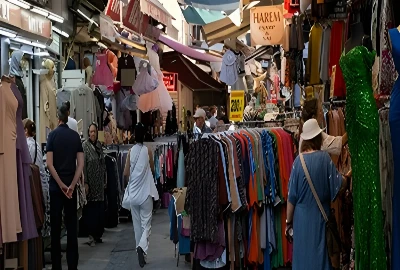
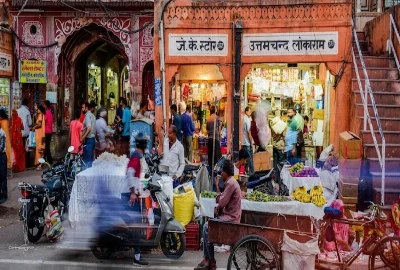
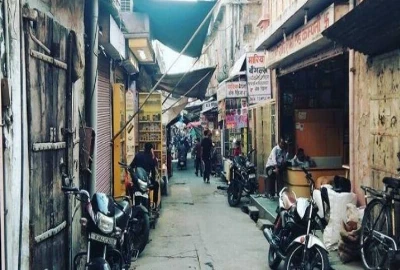

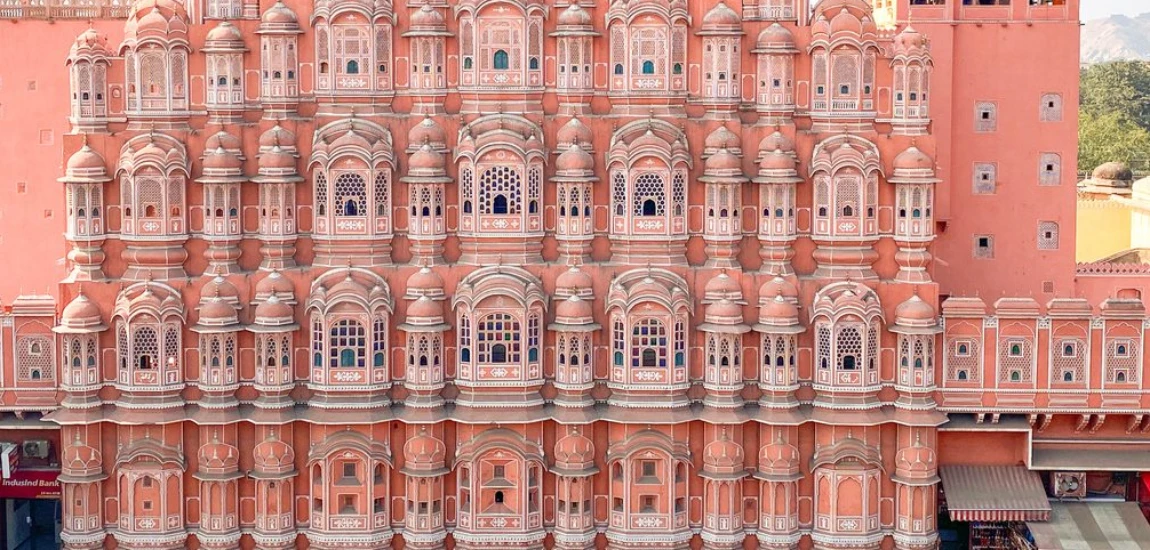
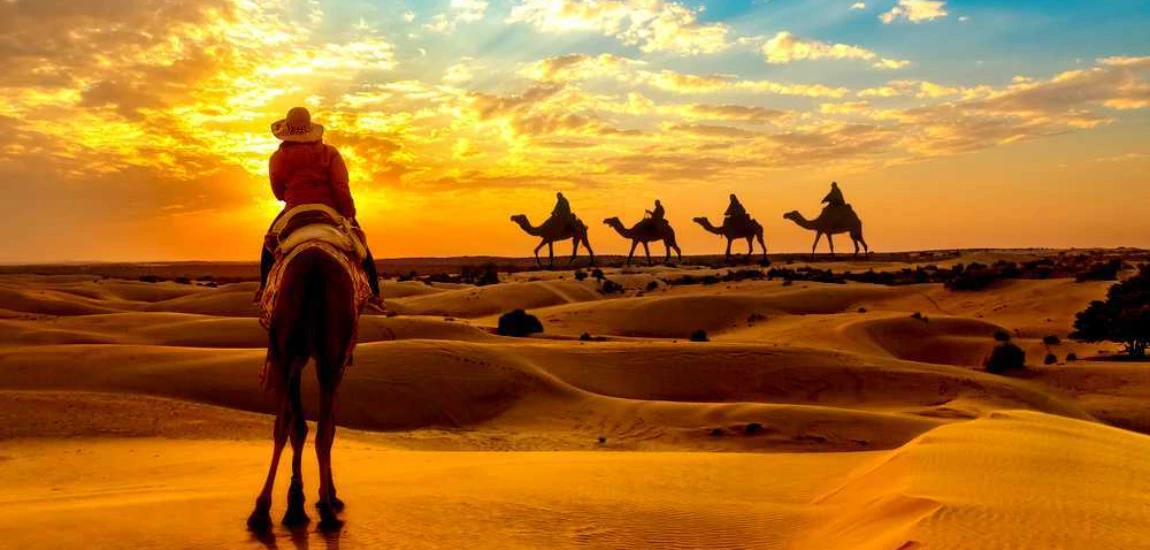
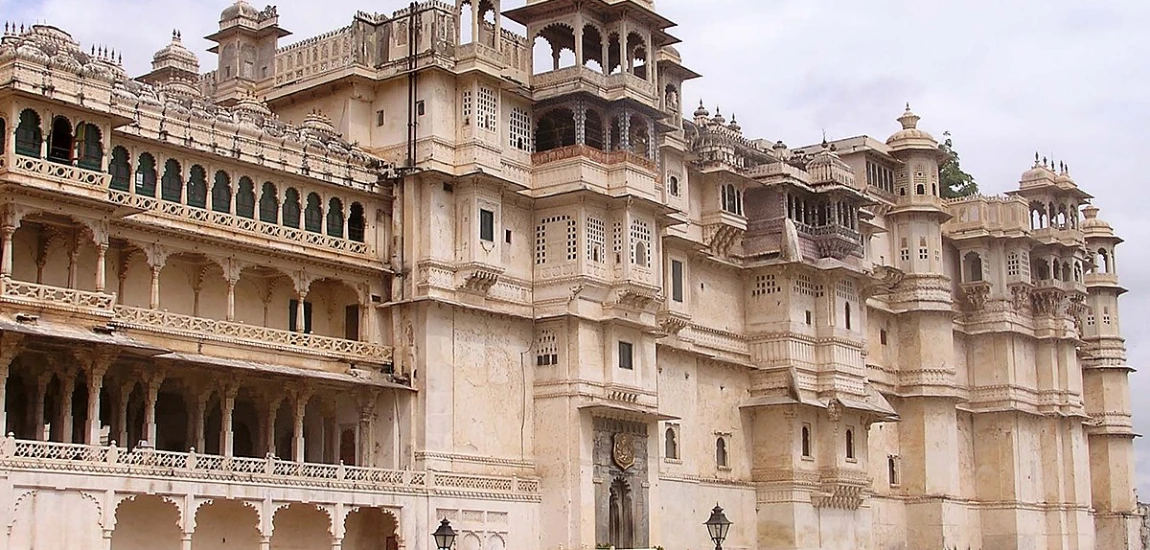
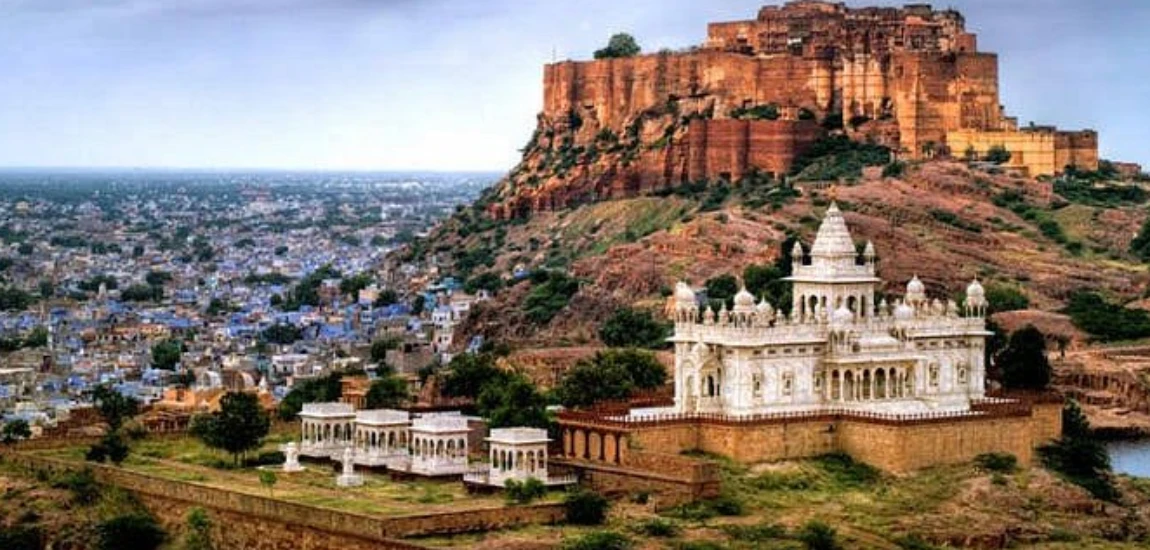
Leave a comment